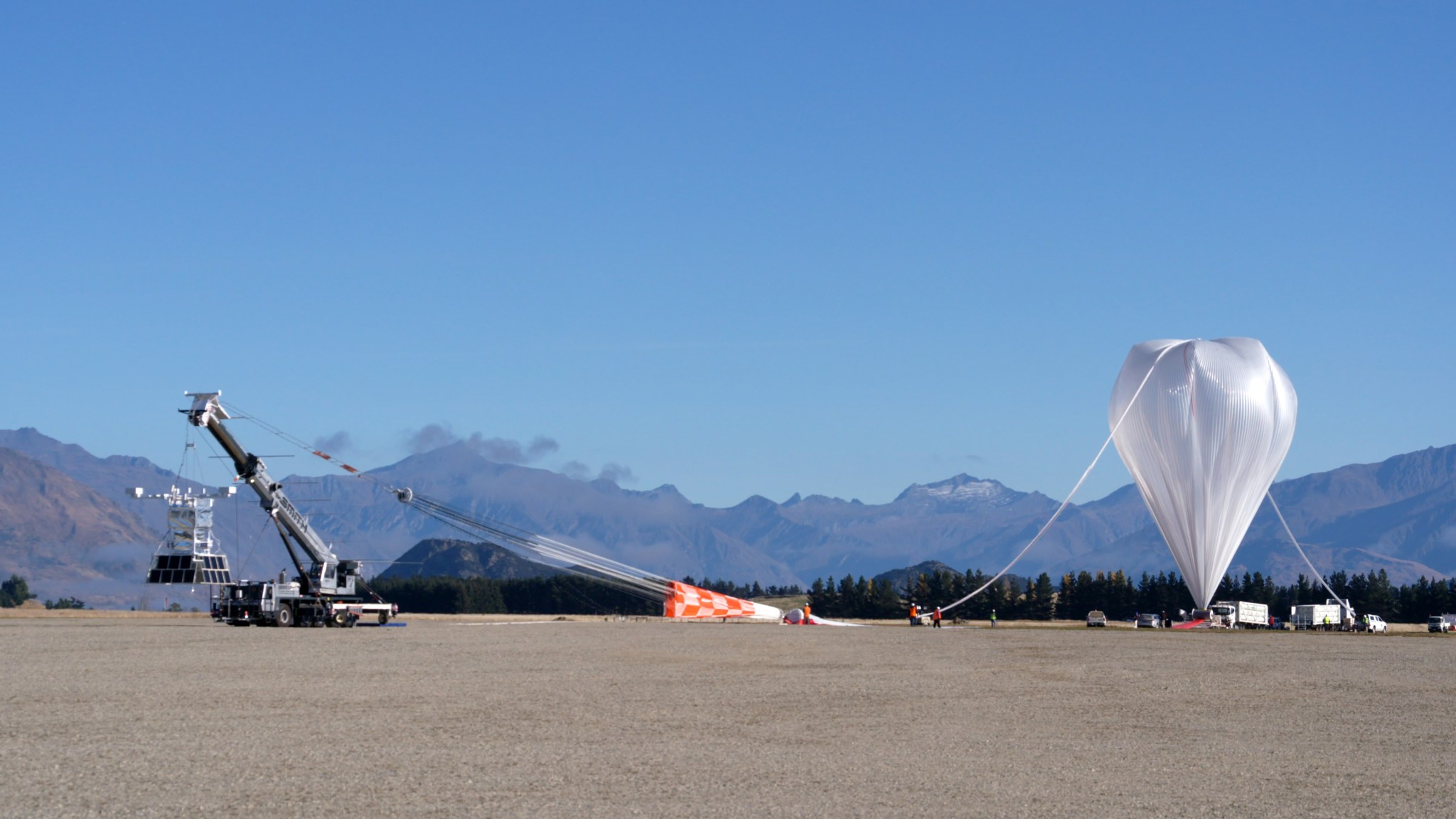Following a nine-year hiatus, NASA’s Scientific Balloon Program has re-established the Agency’s Columbia Scientific Balloon Facility (CSBF) in Palestine, Texas, as a launch site for heavy-lift balloons.
First out to the flight line is the Balloon-borne Imaging Telescope, also known as SuperBIT, scheduled for a nighttime flight Thursday, June 9. The launch window opens at 7 p.m. CDT.
“Re-establishing CSBF as a launch site fills an operational gap, significantly enhancing our ability to deliver short-duration nighttime flight observation, which is key for certain types of science and technology demonstration flights,” said Debbie Fairbrother, NASA’s Balloon Program Office chief.
CSBF in Palestine has long been home to the scientific balloon program’s operational workforce, but the Agency has not flown a major balloon campaign there since 2007. While most scientific balloon launches occur during early morning hours, weather conditions at the site in late spring and early summer are particularly conducive for afternoon launch operations, making it ideal for missions with nighttime flight requirements.
The SuperBIT payload combines highly-precise, milli-arcsecond pointing with a telescope operating within and just outside the visible light spectrum for conducting galactic observations. The upcoming flight is designed as a technology demonstration mission to test and validate the instrument in advance of future balloon-borne studies.
The 1,540-pound (699-kg) SuperBIT payload will fly on a 29.47-million-cubic-foot (0.83 million-cubic-meter) scientific balloon; when fully inflated, the balloon is as large as a football stadium. As the balloon ascends to its operational float altitude of 126,000 feet, it may be visible from the ground, particularly at sunset and sunrise. Anyone can track real-time operational status of the balloon mission by visiting:
http://www.csbf.nasa.gov/palestine/psn.htm
NASA’s Wallops Flight Facility in Virginia manages the agency’s scientific balloon flight program with 10 to 15 flights each year from launch sites worldwide. Orbital ATK, which operates NASA’s Columbia Scientific Balloon Facility in Palestine, Texas, provides mission planning, engineering services and field operations for NASA’s scientific balloon program. The CSBF team has launched more than 1,700 scientific balloons in the over 35 years of operation.
For more information on NASA’s Balloon Program, visit:
www.nasa.gov/scientificballoons
Jeremy L. Eggers
NASA’s Wallops Flight Facility
Jeremy.L.Eggers@nasa.gov


























